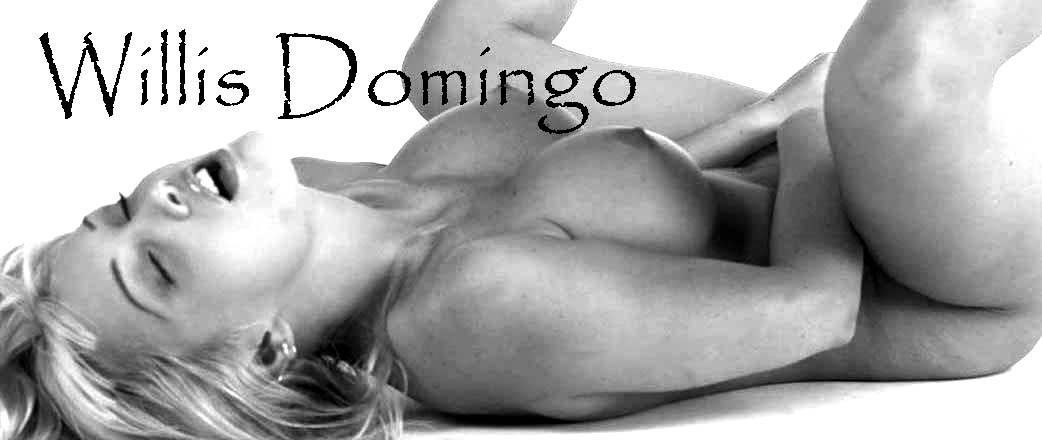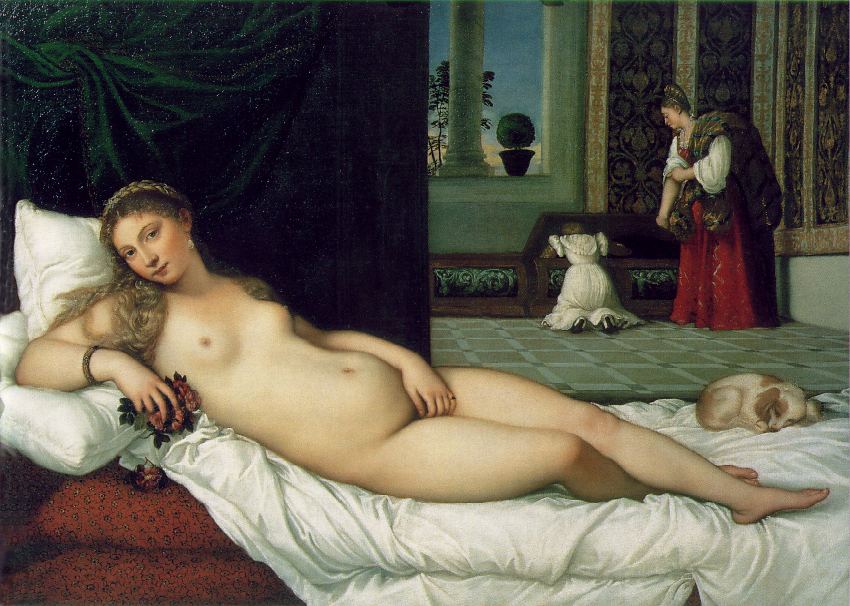|
Kenneth Clark: The Nude (Princeton University Press, 1956) Clark’s lecture series deserves credit for clearly stating that one of the pleasures of the nude in the visual arts is erotic, a statement of the obvious one might say, if one were unaware of the prissy faggoty atmosphere that even today pervades the study of art. When it comes to formalism most reasonable people vote with their feet, or rather their snores, when asked to decide whether the picture of some naked babe is linear or painterly. In many respects, The Nude shows the inevitable signs of ageing. Clark lets constant expressions of personal taste interfere with his exposition; it is a cliché to target Hellenistic art or 19th century academic painting and the criticisms add nothing to our understanding of either the history or the poetry of the nude. Effusions of value judgment are pretty much useless when they are hackneyed. They are only of interest in cases where we can be led to see the good in what everyone thought bad or vice versa. It is also a fault, forgivable only from the prospect of what he did accomplish, that Clark ignored or suppressed much significant art that, aside from its inherent quality, contributes greatly to our understanding of the Renaissance, that most bowdlerized of cultural events. Not a word about Giulio Romano or the poet philosopher Aretino despite the fact that Marcantonio’s engravings of I Modi were widely distributed. Botticelli’s Venus is really a nude Virgin Mary, an insight that raises Clark’s few sentences much above the useless ink spilled by so many Botticelli specialists. Clark does not take the next step to observe that that is one of the reasons that The Birth of Venus is so erotically charged. It satisfies our curiosity about what the Virgin looks like under those blue robes. On the other hand Clark misses the fact that Giorgione’s Venus and many of Titian’s reclining nudes have at the very least a double significance depending on the “worldliness” of the viewer. The model's hand is either hiding her pudenda or masturbating them. Even Mark Twain caught the joke. Clark triumphs in showing how Crucifixion scenes must be understood against a background of the erotic nature of the nude (Michelangelo showed how Resurrection scenes could be made into a sexual depiction of Hellenic divinity). These complex images are densely multivalent in both significance and pleasurable content. They appeal in a direct way to a viewer’s sadistic instincts. In a contrary sense they are anti-erotic, since they arouse feminine and homosexual erotic feelings and then upset those feelings by the image of the violence practiced on the body of Jesus, much like the reflex conditioning practiced by some therapists. The negative and positive values aroused by associating nudity with suffering are intermingled by those viewers and artists who reach a kind of ascesis in the humiliation and torture or the body. It is the attraction-repulsion that gives these Crucifixions their emotional force. The most interesting of Clark’s analyses relate the distortions of the ideal nude under the influence of various geometrical theories and architectural forms, for it lays bare the tension between visual erotic pleasure and intellectual pleasure in the recognition and manipulation of abstractions. There is room for doubt about the degree to which deviation from a pleasing norm is due to dogma, geometrical or otherwise. Perhaps these were in fact the women the artists saw. I have seen many naked women and in my experience, bulging hips, sagging buttocks and small breasts are more or less the rule. In a similar vein Clark recognizes that the compact rounded body of Hellenic and many Italian nudes is a Mediterranean physical trait. But he misses the fact that apparent Gothic deviations may be arise from observing the longer legs and slimmer bodies of Germanic women.
|
Willis Domingo

There are naked women and big words inside. If you are under the age of 18, you do not belong here and should leave immediately by clicking here to exit. If you are an adult and do not wish to see erotic images of any kind or if you are simply stupid, click here to exit.

